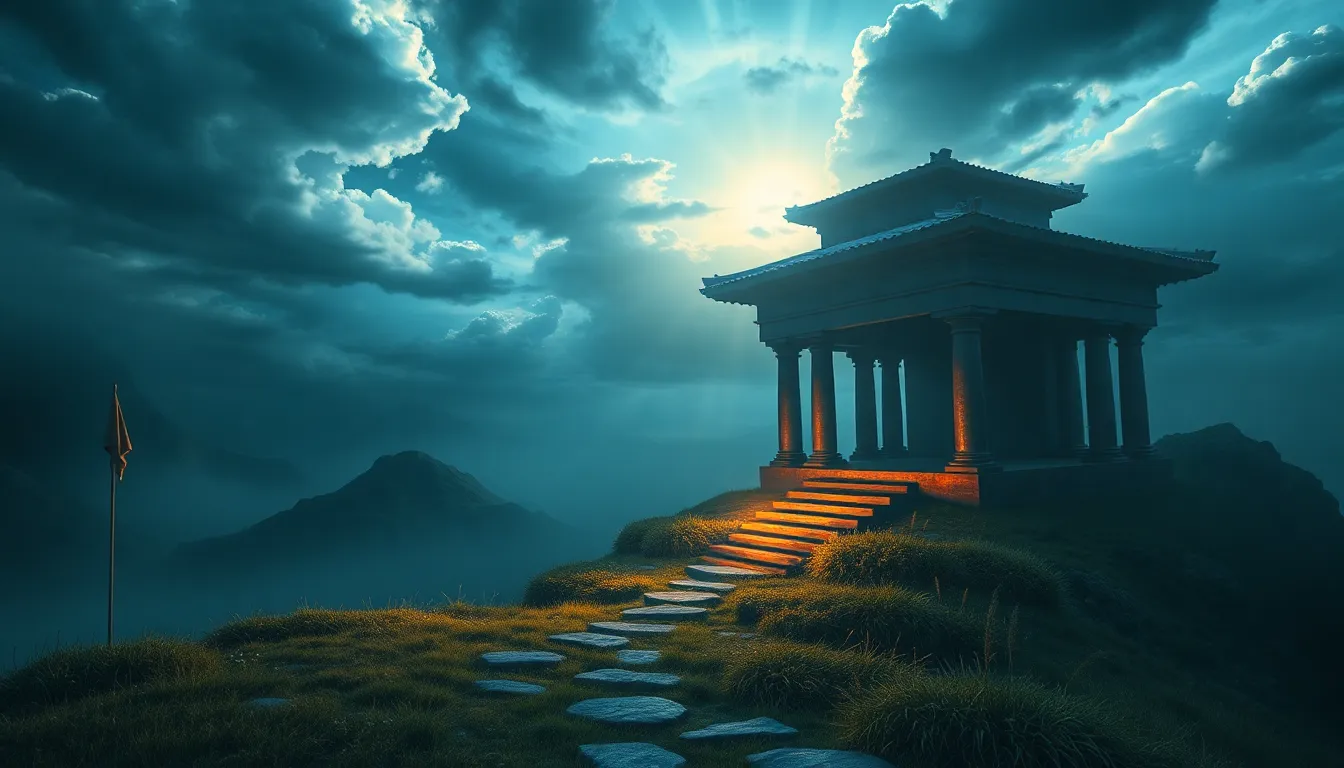The Mythical Weapons of Persian Heroes: An Exploration of Power and Symbolism in Ancient Legends
1. The Shahnameh: A Treasury of Heroic Tales
The Persian literary tradition boasts a rich tapestry of myths and legends, immortalized in the epic poem, the Shahnameh. This monumental work, penned by the renowned poet Ferdowsi, unravels the history of Persia through a captivating narrative of heroes, battles, and mythical creatures. Within its pages lie tales of valiant warriors, wielding extraordinary weapons that embody their power, courage, and divine favor. These legendary armaments transcend their physical forms, becoming symbols of heroism, resilience, and the eternal struggle between good and evil.
2. Rostam's Legendary Arsenal: A Testament to Heroic Prowess
Among the Shahnameh's most celebrated heroes stands Rostam, a figure of unparalleled strength and unwavering loyalty. His legendary arsenal reflects his status as a champion, each weapon imbued with unique properties and symbolic significance.
2.1. Darande: The Battle-Ax of Champions
Darande, Rostam's battle-ax, is a formidable weapon, renowned for its ability to cleave through mountains and shatter shields. Its name, meaning "cleaver" in Persian, speaks volumes about its destructive power. Darande serves as an extension of Rostam's immense strength, embodying his unwavering resolve and ability to overcome any obstacle.
2.2. Rakhsh: The Faithful Horse of Rostam
Rakhsh, Rostam's faithful steed, is more than just a mount. This extraordinary horse possesses superhuman speed and endurance, enabling him to carry Rostam through countless battles and perilous journeys. Rakhsh's unwavering loyalty and telepathic connection with his master make him an indispensable companion, symbolizing the bond between hero and steed, and the unwavering support that underpins heroic deeds.
2.3. Seyavash's Armor: A Symbol of Invincible Protection
Seyavash, Rostam's nephew, is known for his exceptional piety and unwavering sense of justice. His armor, forged by the legendary blacksmith Kaveh, is said to be impervious to any weapon. This enchanted armor symbolizes Seyavash's purity and innocence, reflecting his unwavering commitment to righteousness and his resistance to the corrupting forces of evil.
3. Conclusion
The mythical weapons of Persian heroes are more than just instruments of war. They are symbols of power, courage, and divine favor, reflecting the values and aspirations of the Persian people. These legendary armaments serve as inspiration, reminding us of the potential for human heroism and the enduring power of the human spirit.
6. Zal's Feathers: Symbols of Divine Favor
In the Shahnameh, Zal, Rostam's father, was born with white hair, a mark that set him apart and led to his abandonment. However, these feathers were not a curse but a blessing, a sign of divine favor. They symbolized his connection to the Simurgh, a mythical bird who acted as his protector and guide. The feathers served as a reminder of his exceptional destiny and the unwavering support he received from the supernatural realm.
7. The Barbed Arrows of Arash: Reaching the Far Horizon
Arash, a skilled archer known for his unwavering patriotism, played a pivotal role in establishing the borders of Persia. In a legendary feat, he shot an arrow that flew for an entire day, determining the boundaries of the kingdom. His barbed arrows symbolized his dedication to his homeland and his willingness to sacrifice everything for its well-being.
8. The Jeweled Scepter of Jamshid: A Symbol of Kingship
Jamshid, a legendary king of Persia, is credited with numerous advancements, including the creation of the first civilization. His jeweled scepter was not just a symbol of authority but also represented his wisdom, justice, and prosperity. The scepter embodied the ideals of a just and prosperous kingdom and served as a reminder of the responsibilities associated with leadership.
9. The Div's Club: A Weapon of Darkness and Destruction
In contrast to the heroic weapons wielded by the protagonists, the Shahnameh also features weapons associated with evil forces. The Div, monstrous creatures representing darkness and chaos, often employed clubs as their primary weapons. These crude and brutal instruments symbolized the destructive nature of these beings and the threat they posed to order and civilization.
10. The Significance of Mythical Weapons: Power, Symbolism, and Morality
The mythical weapons in the Shahnameh transcend their practical function as instruments of war. They serve as powerful symbols, embodying the values, aspirations, and struggles of the Persian people. These weapons reflect the importance of heroism, courage, divine favor, and the enduring battle between good and evil. Through their symbolic significance, the mythical weapons of Persian heroes continue to inspire and resonate with audiences across generations.
## FAQ
Q: What is the Shahnameh?
The Shahnameh is a monumental epic poem that recounts the history of Persia through tales of heroes, battles, and mythical creatures.
Q: Who is Rostam?
Rostam is a legendary Persian hero known for his unparalleled strength, courage, and loyalty.
Q: What are some of the mythical weapons in the Shahnameh?
Some of the most famous mythical weapons include Rostam's battle-ax Darande, his horse Rakhsh, Seyavash's armor, Zal's feathers, Arash's arrows, Jamshid's scepter, and the Div's club.
Q: What is the significance of the mythical weapons?
The mythical weapons are symbols of power, courage, divine favor, and the struggle between good and evil.



